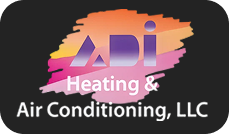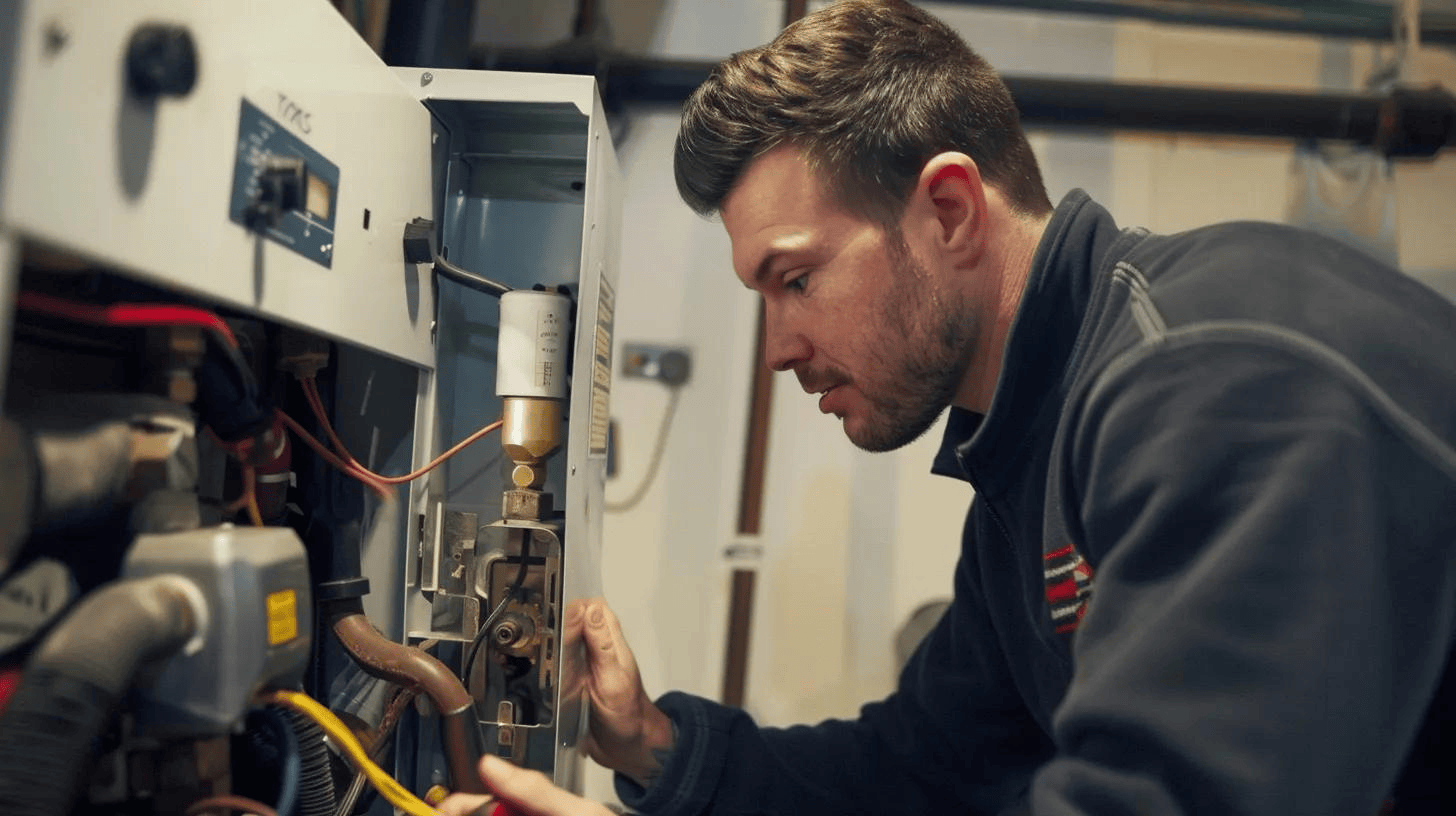IAQ Household Air Quality Testing in Ashton, MD
Professional Indoor Air Quality Testing in Ashton, MD
The air inside your Ashton home significantly impacts health and comfort. This page highlights our professional Indoor Air Quality (IAQ) testing services, designed to identify invisible threats like mold, VOCs, radon, allergens, carbon monoxide, bacteria, and viruses. Our comprehensive process involves initial consultation, advanced sampling, independent laboratory analysis, a detailed report, and tailored solutions. Learn when to consider professional testing to create a healthier living environment for your family.

Professional IAQ Household Air Quality Testing in Ashton, MD
The air inside your Ashton home is a critical component of your family’s health and comfort. We often focus on outdoor air pollution, but the reality is that indoor air can be significantly more contaminated. Allergies, lingering odors, fatigue, and persistent headaches can all be signs that your home’s air quality is compromised. Professional Indoor Air Quality (IAQ) testing is the definitive first step toward identifying invisible threats and creating a healthier living environment. Our comprehensive testing services are designed to give Ashton homeowners a clear, scientific understanding of what’s in their air and provide a detailed roadmap for lasting solutions.
Common Indoor Air Pollutants We Identify
Your home's unique environment is susceptible to a variety of airborne contaminants. Our advanced testing methods are designed to detect and measure a wide range of pollutants that can impact your health and comfort.
Mold and Fungi: Maryland’s humid climate can create ideal conditions for mold growth, often hidden behind walls, in attics, or in basements. Mold spores are a major allergen and can trigger respiratory issues, asthma attacks, and other health problems. We utilize air and surface sampling to identify the presence and concentration of various mold species.
Volatile Organic Compounds (VOCs): VOCs are gases emitted from numerous household products, including paints, new furniture, carpeting, cleaning supplies, and air fresheners. High concentrations can cause everything from eye and throat irritation to long-term health effects. This is a particular concern in newly built or recently renovated homes.
Radon Gas: Radon is a naturally occurring, odorless, and invisible radioactive gas that seeps into homes from the ground. As the second leading cause of lung cancer in the United States, its detection is crucial. We use state-of-the-art continuous monitoring equipment to provide accurate, reliable radon level readings.
Allergens and Particulates: Common allergens like dust mites, pet dander, pollen, and cockroach droppings can circulate endlessly through your HVAC system. Our testing can identify the concentration of these particulates, helping to pinpoint the source of chronic allergy symptoms.
Carbon Monoxide (CO): Known as the "silent killer," carbon monoxide is an odorless gas produced by fuel-burning appliances like furnaces, water heaters, and fireplaces. Our testing ensures that your home is safe from dangerous CO leaks that malfunctioning equipment can cause.
Bacteria and Viruses: Airborne pathogens can thrive in indoor environments with poor ventilation. Understanding your home’s air exchange rate is key to reducing the spread of bacteria and viruses, especially during cold and flu season.
Our Comprehensive IAQ Testing Process
We believe in a transparent and thorough process that empowers you with knowledge. Our approach is methodical, ensuring you understand every step from initial contact to the final report.
Step 1: Initial Consultation and On-Site AssessmentOur process begins with a detailed conversation about your concerns. We listen to your observations, including any specific health symptoms, persistent odors, or recent events like water damage or renovations. A trained technician will then perform a visual inspection of your Ashton home, assessing potential problem areas and understanding your home's unique layout and systems.
Step 2: Advanced Air and Surface SamplingUsing cutting-edge diagnostic equipment, our technicians collect precise data. This may involve using calibrated air pumps to capture airborne mold spores and particulates, specialized canisters to test for VOCs, and continuous digital monitors for radon and carbon monoxide. Surface samples may also be taken from areas where contamination is suspected.
Step 3: Independent Laboratory AnalysisTo ensure unbiased and accurate results, all collected samples are sent to an accredited third-party laboratory for analysis. This scientific validation is critical for identifying specific pollutant types and their exact concentrations, removing any guesswork from the equation.
Step 4: A Detailed, Understandable IAQ ReportOnce the lab results are in, we compile a comprehensive report. We don’t just hand you a page of complex data. Our experts will walk you through the findings, explaining what each measurement means in clear, easy-to-understand language. You will see precisely what was found in your home’s air and how the levels compare to established safety guidelines.
Step 5: Tailored Solutions for a Healthier HomeThe report is not the end of the process; it’s the beginning of the solution. Based on the specific findings, we will provide a set of prioritized, actionable recommendations. This isn't a one-size-fits-all plan. It’s a customized strategy designed to directly address the pollutants identified in your home. This may include recommendations for high-efficiency air purification systems, ventilation improvements like an Energy Recovery Ventilator (ERV), whole-house humidification or dehumidification, or professional ductwork services.
When to Consider Professional Air Quality Testing
While any homeowner can benefit from knowing what’s in their air, certain situations make testing particularly important. Consider scheduling an IAQ test if:
- You or your family members experience unexplained allergies, headaches, or respiratory issues.
- You notice musty odors or see visible signs of mold or mildew.
- You are buying or selling a home in the Ashton area.
- You have recently completed a major renovation or purchased new furniture.
- Your home has experienced water damage from leaks or flooding.
- You have infants, elderly individuals, or family members with compromised immune systems living in the home.
- You want to be proactive about creating the healthiest possible indoor environment.






.png)
